Emilie Flöge: Fashion for the Fin-de-Siecle
Pioneering early 20th century Viennese designer Emilie Flöge is perhaps best known as the recurring muse to Secessionist painter Gustave Klimt. He painted her as a dazzling vision adorned in glittered clothing, all flushed lips and raven hair, staring out at us with strident self-confidence. The pair lived and worked together so closely that their art and ideas often bled together into one – both she and her clothing, appeared again and again in Klimt’s art, while he even produced garment designs for her fashion house, Schwestern Flöge. Yet it was Klimt who went on to become a household name, while her creative career has, until recently, been shrouded in his shadow. But Flöge made an equally remarkable contribution to 20th century culture, revolutionizing the way women dressed with bold new silhouettes, ornate fabrics, and exquisite detailing that deserves its own belated recognition.
Born in 1874 in Vienna, Flöge slowly worked her way up from seamstress to fashion designer. She first met Gustave Klimt as a young woman when her elder sister married his brother, Ernst Klimt. Tragically Ernst died just a year after the wedding, but nonetheless Gustave became a figure of constant support in their lives. While the exact nature of Emilie and Klimt’s relationship remains unclear, the pair undoubtedly shaped one another’s lives in remarkable ways, living and working together in close harmony.
In 1906, Flöge and her two sisters, Pauline and Helene, founded the fashion store Schwestern Flöge (meaning Flöge sisters), on the bustling Mariahilfer Strasse in Vienna, with Flöge at the store’s helm. At the time, it was unusual for such a company to be run by three unmarried women, particularly those who were by now in their 30s, but this, along with the nature of the clothing itself, attracted a more liberally-minded European audience from the get-go.
As their brand garnered success, Flöge and her sisters came to play a key role in liberating women from the constrictive corsetry of the past. Their loose, caftan-like garments, with wide, voluminous sleeves and empire waists captured the bohemian spirit of the fin-de-siecle, and contributed to the ‘rational dress movement’, along with French designer Paul Poiret, and later Coco Chanel, among others. The patterns Flöge favoured for her designs were influenced by Hungarian and Slavic prints and embroidery, lavish, indulgent floral or decorative motifs that chimed with the free-flowing Art Nouveau spirit of the times. She merged floral prints with elements of shimmering chromatic metal inspired by the Far East, producing dazzling designs filled with sensuous complexity that Klimt would come to immortalize in his paintings.
As the store’s creative head, Flöge played a key role in establishing the success of the business. Part-gallery, part-boutique, it was one of the first concept stores of its kind, furnished with stylized furniture and checkered tables, while not-for-sale art objects and curiosities including lapis lazuli chests, tortoiseshell combs, hand-carved dolls and silver goblets contributed to the artful atmosphere they strived to cultivate. Meanwhile, Flöge lived and breathed her art – numerous photographs show both her and Klimt dressed in her loose and liberated clothing, embodying the freewheeling spirit of her brand in day-today life. At its peak, the company employed around 80 members of skilled staff, and they thrived in Vienna for more than 30 years.
Ever the creative partnership, Klimt produced a series of designs for Schwestern Flöge, while she simultaneously influenced the shimmering, indulgent patterns, colours, and sensuous freedom of Klimt’s paintings; theirs was once of the most fruitful partnerships of the entire 20th century. Sadly, Schwestern Flöge was one of many businesses that suffered following Nazi invasion in 1938; most of the store’s bourgeois clientele fled from Europe, and the loss of business forced Emilie to shut down the store on Mariahilfer Strasse. Nonetheless she continued to work on fashion design for the remainder of her life, keeping alive the same spirit of unbridled freedom that had by now come to inform the lives of so many women, across Europe, and beyond.





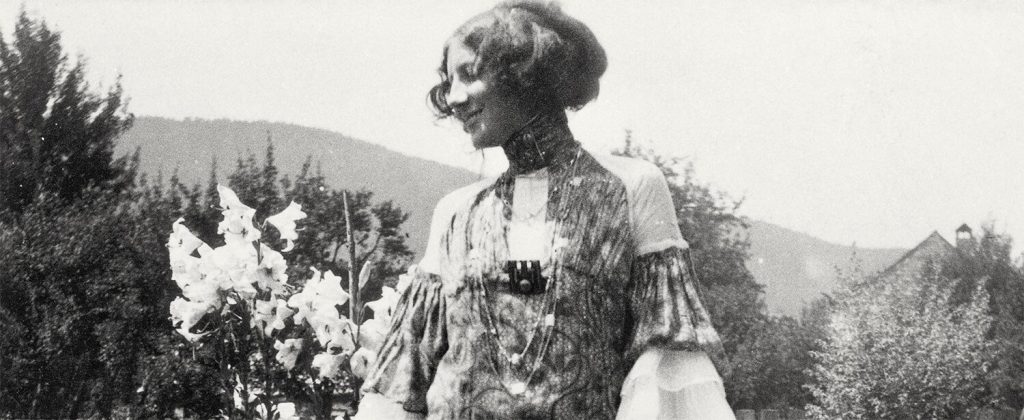
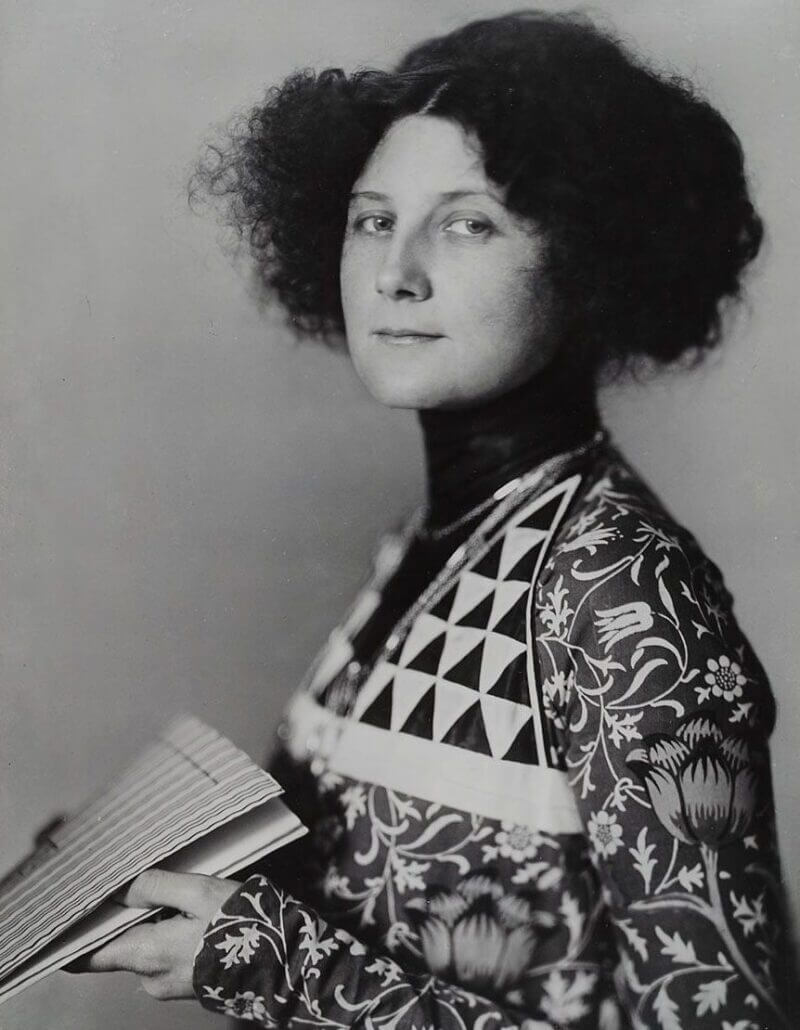
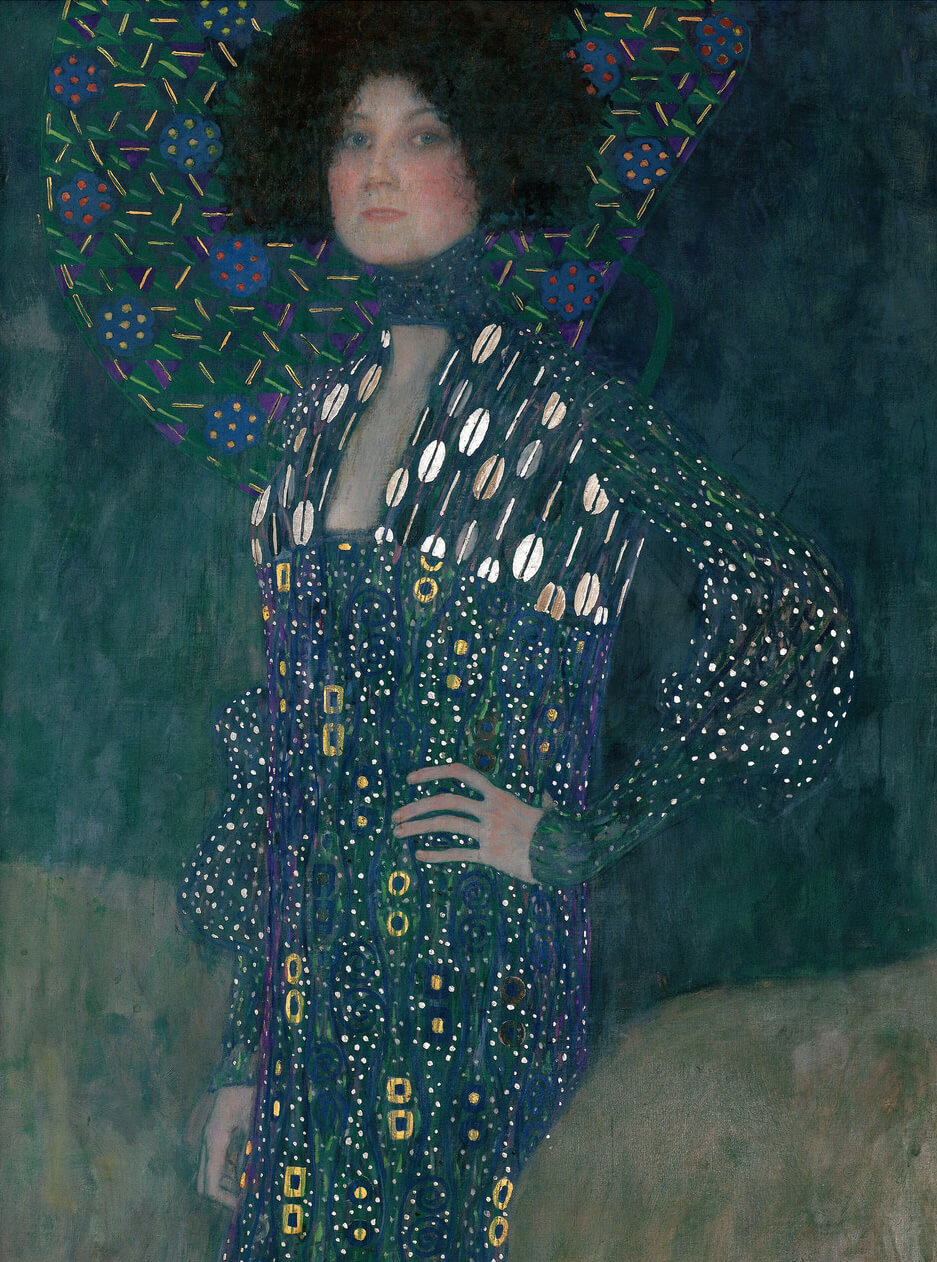
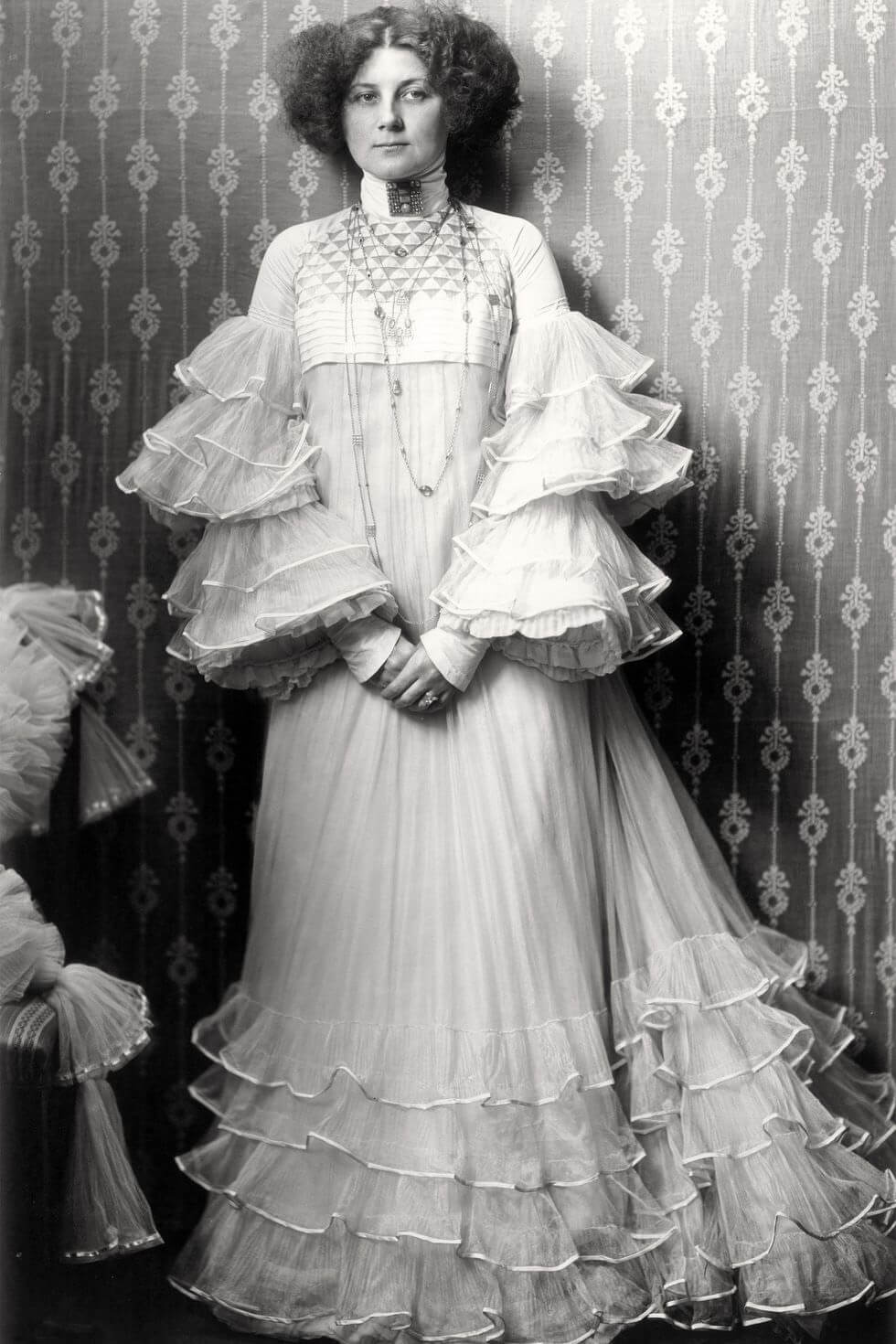
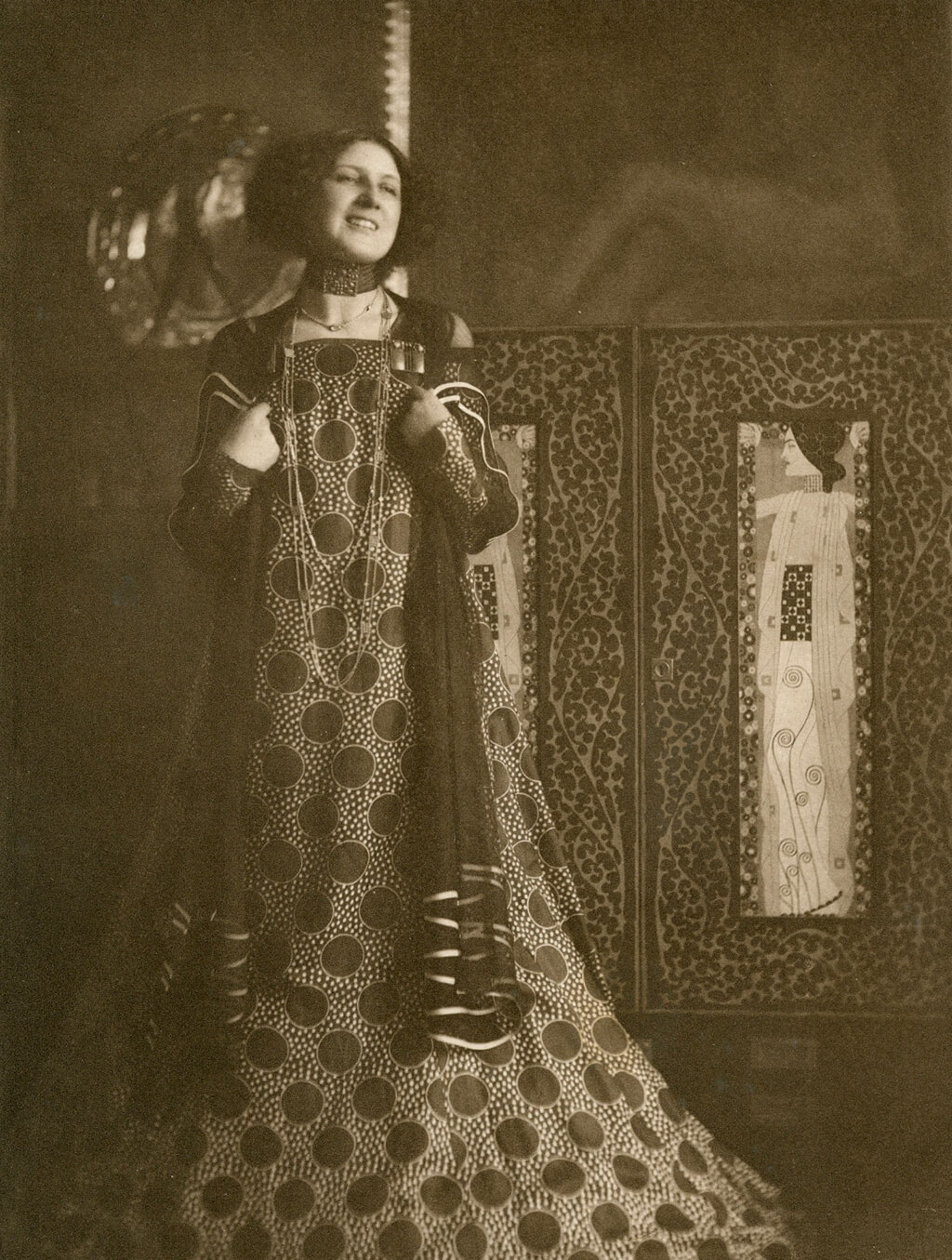
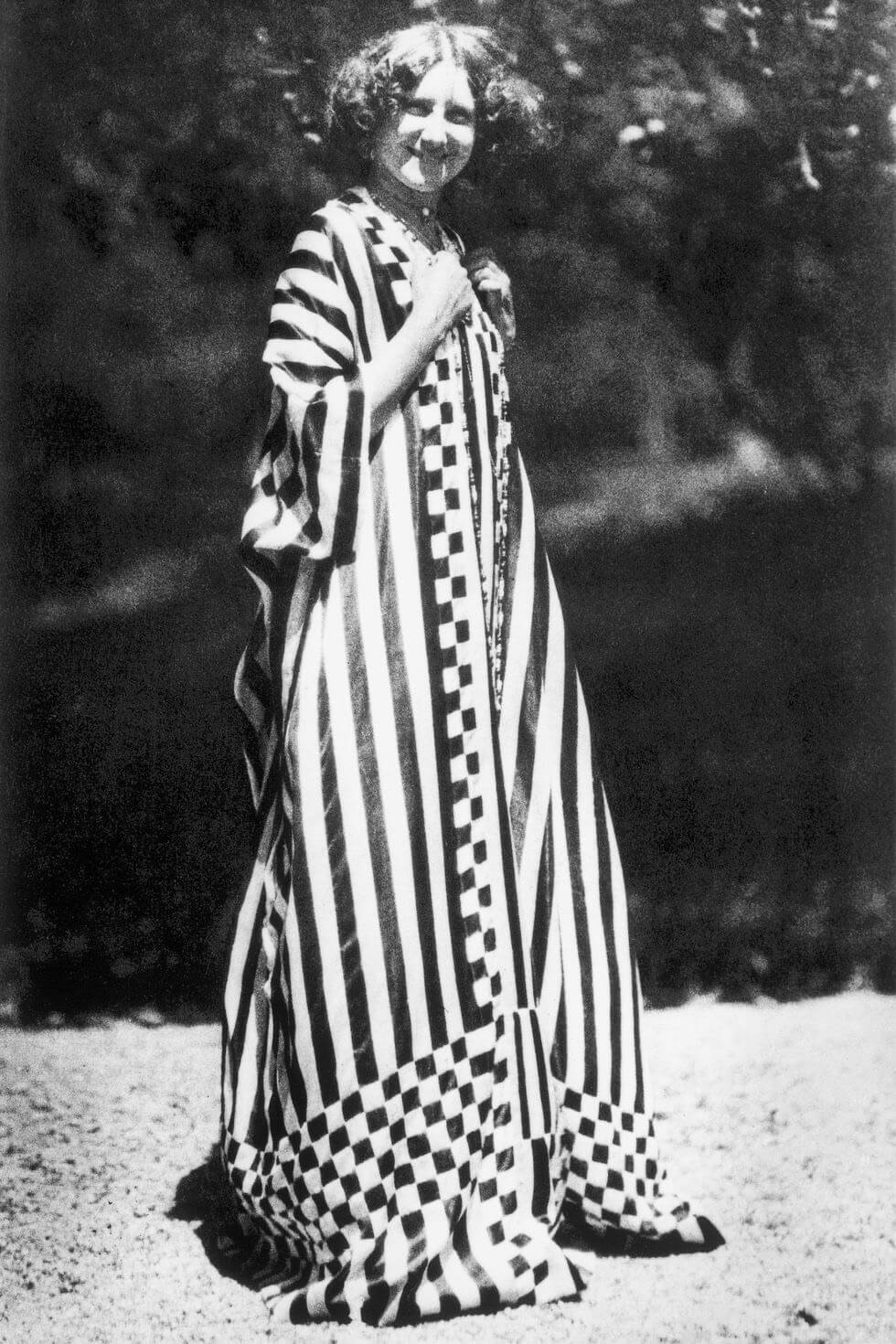
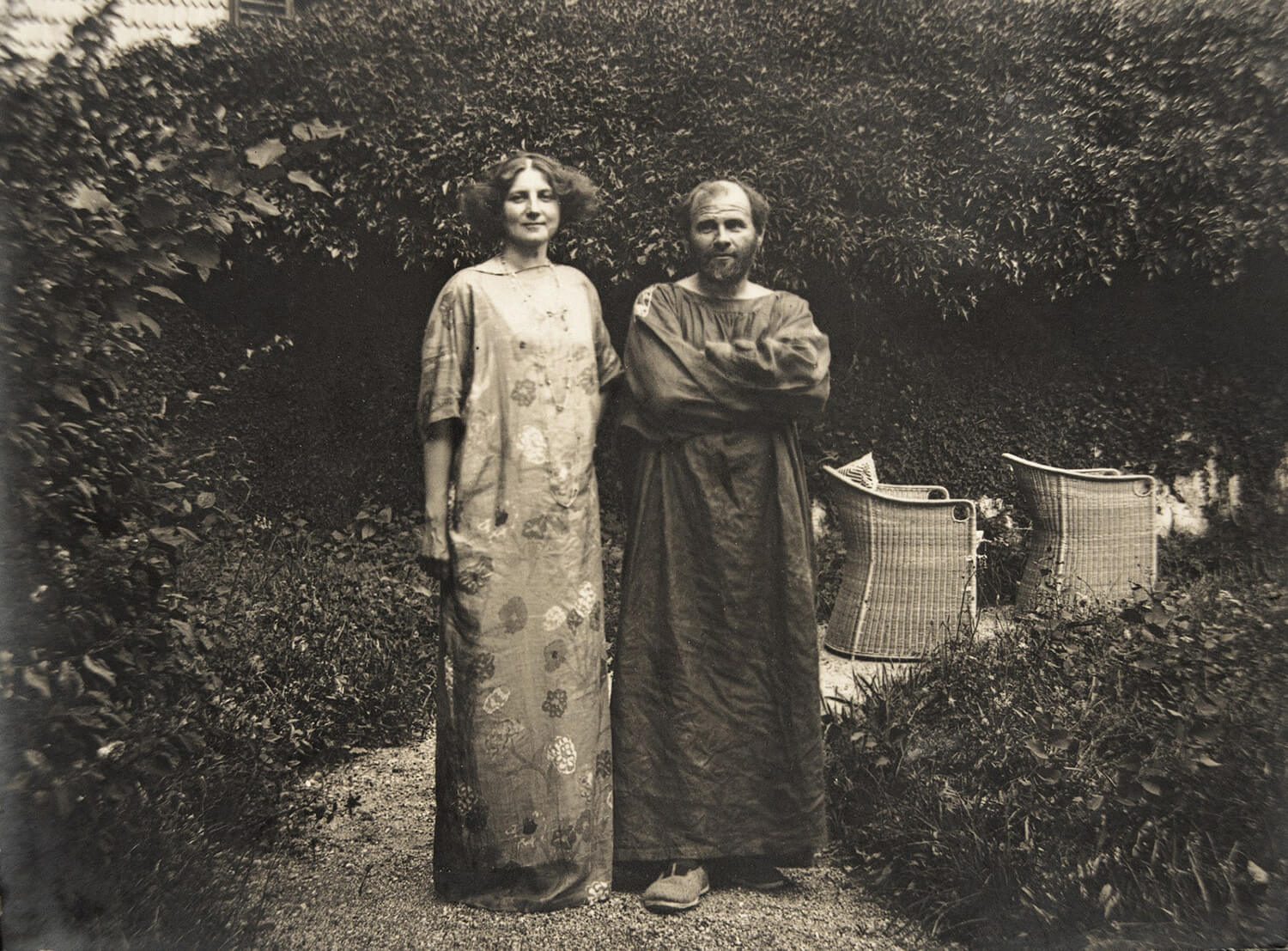
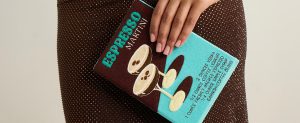

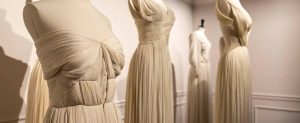
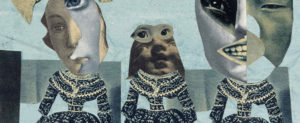












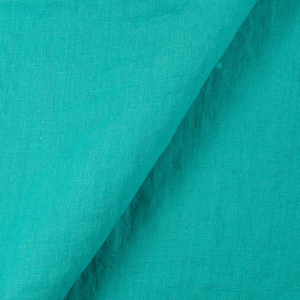






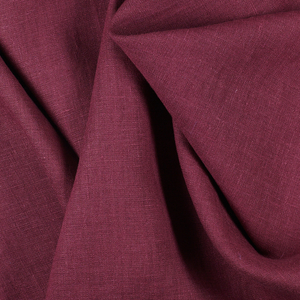
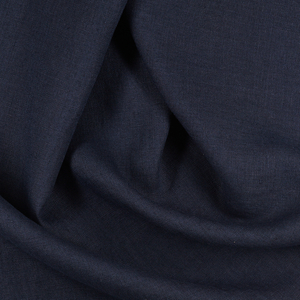


















4 Comments
Marie Weber
Really fascinating, Rosie, thank you for your amazing art history lessons! As I started reading, I recognized her immediately from Kilmt’s paintings. She’s an inspiration to all!
Tom S.
I have been in love with Gustave Klimt since I was given one of his calendars back in the mid 70’s. As soon as I saw her picture, I thought she looked so familiar to me. What a collaboration they were! So glad to see her getting recognition at last. Absolutely in love with her design esthetics. You go girl!
Gwen Delmore
I would wear most of these at the drop of a hat, Especially the large graphic prints. They are so contemporary-looking. Thank you for sharing this post!
Vicki Lang
A woman ahead of her time in her flowing creations.